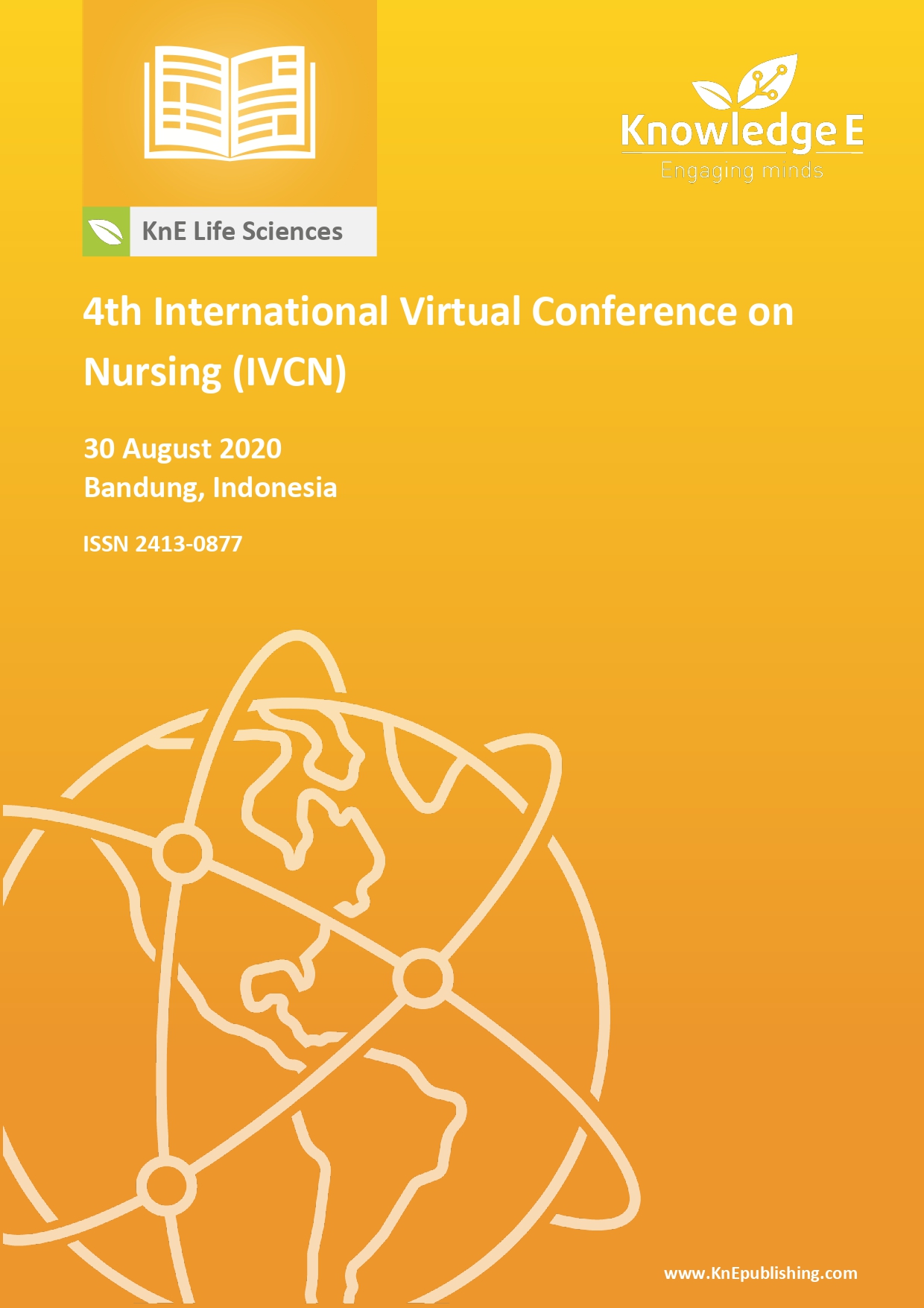Analysis of Risk Factors that are Related to Lung Respiratory Symptoms
DOI:
https://doi.org/10.18502/kls.v6i1.8781Abstract
Lung respiratory symptoms are a collection of symptoms impairment in the functions of pulmonary due to accumulation high concentration of dust particle. The impact of lung respiratory symptoms is pneumoconiosisdisease. 30%-50% of all occupational diseases are because of pneumoconiosis and 40,000 new cases of pneumoconiosis are caused by workplace dust exposure. The aim of the research is to analysis the risk factors related to lung respiratory symptoms in workers in PT. X West Java. The research used a cross-sectional study which was conducted in PT X with 65 respondents selected by proportional random sampling. Data was collected by interview, observation and measuring. The instrument was used in this research is a questionnaire American Thoracic Societ (ATS) standard consisting of 36 respiratory symptoms lung, low volume sampler, thermohigrometer, scale and microtois equipment. There were 55.4% respondents have respiratory symptoms lungs. The statistical results showed significant correlation of respiratory symptoms lungs with levels of dust total (p = 0.0001, PR=2,813), temperature (p=0,007, PR=0,491), humidity (p=0.0001, PR=7,925), and age (p=0,049, PR=0,615), while the daily of exposure (p=0,498, PR=1,853), smoking habit (0.038, PR=1.944), nutritional status (p=0,418, PR=1,211) and disease history (p=0,247, PR=1,879) were not associated with respiratory symptoms lung on workers PT. X West Java. The Respiratory symptoms lung was a symptom that the cause of the environment and the capacity of the worker
Keywords: respiratory symptoms lung, dust total levels, temperature, humidity, smoking habit
References
[2] Budiono, A. S. (2003). Bunga Rampai Hiperkes. Semarang: UNDIP: CV Nugraha Sentosa.
[3] Gold. D. and Wypij, X. W. (2005). Effect Cigarrate Smoking on Lung Function in adolescent Boys and Gilrs. N Engl Journal Medicine, vol. 335, issue 13, pp. 931–937.
[4] GOLD. (2017). Pocket Guide to COPD Diagnosis, Management, and Prevention. Barcelona.
[5] Granslo, J., et al. (2017). A Follow-Up Study of Airway Symptoms and Lung Function among Residents and Workers 5. 5 Years After an Oil Tank Explosion. BMC Pulmonary Medicine, vol. 5, issue 1, pp. 1–9.
[6] Indonesian Ministry of Health. (2014). Parameter Pencemar Udara dan Dampaknya Terhadap Kesehatan. Jakarta.
[7] Jing-shiang, C.C. (2002). Effects of Air Pollution on Daily Clinic Visits for Lower Respiratory Tract. Journal of Epidemiologi, vol. 155, issue 3, pp. 1–10.
[8] Jing, S., et al. (2012). Impact of Relative Humidity on Thermal Comfort in Warm Environment. Indoor and Built Environment, vol. 22, issue 4, pp. 598-607.
[9] Liaw, S. H., Hashim, Z. and Lye, M. S. (2014). Respiratory Health and Allergies from Chemical Exposures among Machining Industry Workers in Selangor, Malaysia. Iranian Journal Public Health, vol. 43, issue 3, pp. 94–102.
[10] Mar’atus, A., S. S. (2015). Hubungan Karakteristik Pekerja Dan Kadar Debu Total Dengan Keluhan Pernapasan Pada Pekerja Industri Kayu X Di Kabupaten Lumajang. Perspektif Jurnal Kesehatan Lingkungan, vol. 1, issue 1, pp. 1–9.
[11] Mirza, A. (2017). Risks to The Health of Wood Workers: What Can Be Done. Zagazig Journal of Occupational Health and Safety, vol. 3, issue 1, pp. 1–8.
[12] Moeljosoedarmo, S. (2008). Higiene Industri. Jakarta: FKUI.
[13] Oemiati, R. (2013). Kajian Epidemiologis Penyakit paru Obstruktif kronik (PPOK). Media Litbangkes, vol. 23, issue 2, pp. 82–88.
[14] Salawati, L. (2016). Hubungan Merokok Dengan Derajat Penyakit Paru Obstruksi Kronik. Jurnal Kedokteran Syiah Kuala, vol. 16, issue 3, pp. 165–169.
[15] Sastroasmoro, S. I. (2014). Dasar-Dasar Metodologi Penelitian Klinis. Jakarta: Sagung Seto.
[16] Sholikhah, A. M..S. (2015). Hubungan Karakteristik Pekerja dan Kadar Debu Total dengan Keluhan Pernafasan Pada Pekerja Industri Kayu X di Kabupaten Lumajang. Journal Universitas Airlangga, vol. 1, issue 1, pp. 1–12.
[17] Sookchaiya, T., Monyakul, V. and Thepa, S. (2010). Assessment of the Thermal Environment Effects on Human Comfort and Health for the Development of Novel Air Conditioning System in Tropical Regions. Energy and Buildings, vol. 42, issue 4, pp. 1692–1702.
[18] Suma’mur, P. (2014). Higiene Perusahaan dan Kesehatan Kerja (Hiperkes). Jakarta: Seagung Seto.
[19] WHO. (2007). The Global Occupational Health Network. Geneva: WHO.
[20] Yunus, F. (2007). Dampak Debu Industri pada Paru Pekerja dan Pengendaliannya. Cermin Dunia Kedoketeran, vol. 115, issue 45, pp. 45–51.

